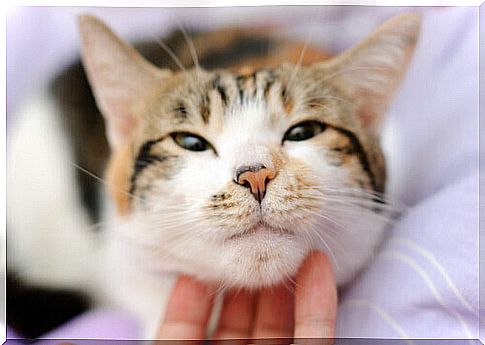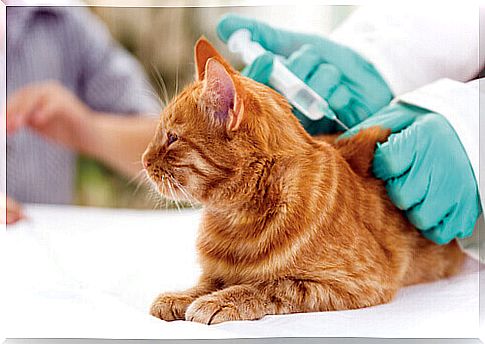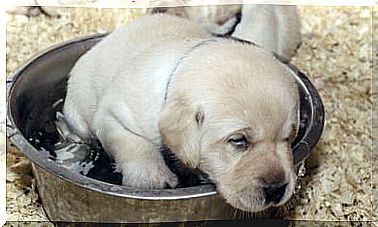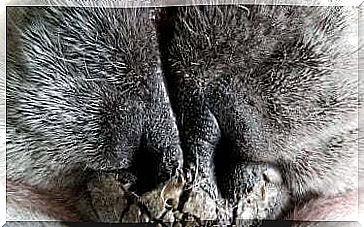Tips To Heal Your Cat’s Wounds

If your pet is a cat, you know for sure that it is not that rare for them to get hurt sometimes, especially if they are one of those who wander around, looking for adventures. Bites and claws, after a fight with other cats, or scratches, caused by branches while climbing a tree, are among the most common injuries your friend can get. Although they are animals that move with precise and accurate movements, it is possible that they run the risk of getting hurt with glass or other sharp objects, such as the barbed wire of some fences, especially in the heat of a fight or if they are running away from a situation that scares them.
Depending on the severity of the injury, you will have to decide whether to take him to the vet urgently or if, instead, you can take care of it yourself. In general, if it is a superficial wound, you should be able to do it yourself, although it is still recommended that you keep an eye on the wound healing process in case complications arise or signs of infection arise.
How to heal your cat’s wounds: all the steps

- When you treat your furry friend’s wounds, do it in a place where he feels comfortable and safe. Try to make him relax with caresses and affectionate words.
- Wash and disinfect your hands thoroughly with warm soapy water and dry them with a paper towel.
- To make the operation easier, carefully trim your cat’s fur in the area where you need to intervene.
- Wash the wound with saline to remove impurities and then wipe with clean gauze to complete the wound cleaning. Be especially careful not to leave any foreign bodies inside the wound.
- Then, disinfect the wound with a gauze soaked in diluted iodine (the proportions are: nine parts of water for one of iodine, until a yellowish liquid is obtained). Do not use pure iodine, because the pH of cats is different from ours. Repeat this step once a day, for a week, at a minimum.
- To speed up your cat’s healing process, you can ask your vet to prescribe a healing cream especially for cats, which you will need to apply after daily cleaning and disinfection, using sterile latex gloves and using your fingers to lightly spread it on the wound.
- Unless your vet tells you otherwise, let the wound air dry.
- Put your cat on a funnel collar to prevent it from licking the wound and slow down its healing : remember that cats have a very rough tongue and that, passing it over the wound (which they usually do in areas where they feel pain or discomfort), they can pull off the new layer of skin that is forming. While this plastic head collar is very uncomfortable for your cat, it is important that you wear it. You can still take it off from time to time, as long as you’re with him at the time to make sure he doesn’t lick his wound.
- If you have other pets in the house, it is important that you keep them separate from the injured cat, to prevent them from licking their wounds, as cats have this habit.
- Don’t let your cat out before the wound has completely healed.
Not to be forgotten

During the healing process, keep the wound under control at all times. If you notice that your friend is a bit depressed or you notice swelling, redness or irritation around the wound, it probably means there is an infection and you will need to get antibiotics prescribed by your vet right away.
It may be that, at times, your cat’s wounds are not entirely visible, especially if they are on the lower part of the paws: the fact that he limps or that he constantly bathes in that area can be a sign.
Some wounds are sometimes imperceptible and you will notice it only after a few days, when you notice a swelling in some part of your cat’s body: it could be an abscess, that is, an accumulation of pus under the skin. This type of infection is usually caused by scratching or biting from other animals, or by a thorn or some other sharp object. In these cases, the vet will need to drain the abscess and administer an antibiotic. You will also need to disinfect the wound every day and periodically return to the vet to check that everything is going well.







